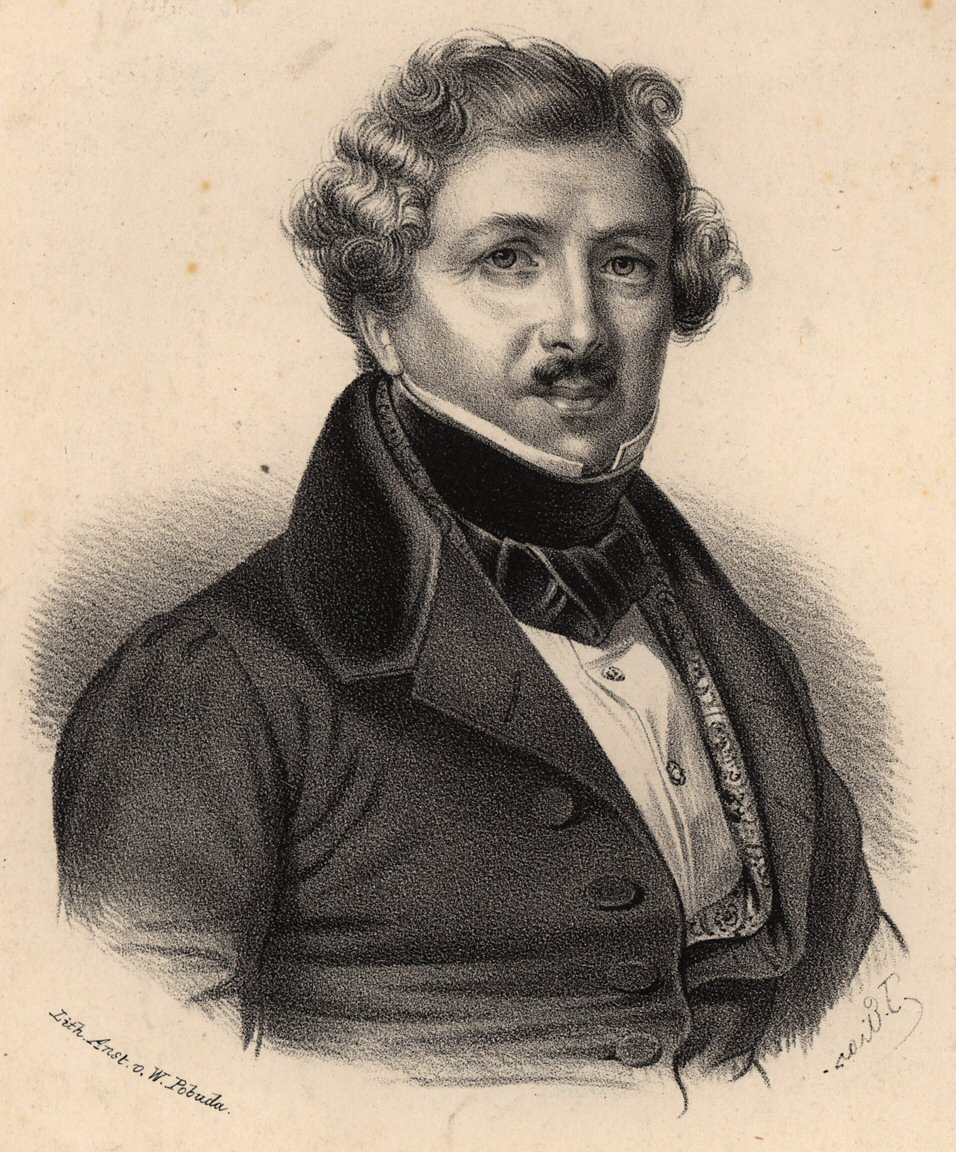Dioramas in Natural History Museums

Dioramas can be as diverse as the environments they represent. Here, we focus on those displayed in Natural History Museums.
Much has been written about dioramas in the museum literature. The following is brief summary of this scholarly tradition, reviewed in light of current methods of teaching science and educating for sustainability.
Coined by Louis Daguerre in 1822, the term “diorama” is derived from the Greek dià “through” and òrama “vision”. Its meaning is therefore to “see through” or “inside something”.
A diorama, as defined by David Silverston in 1957, consists of a three-dimensional representation, on a more or less reduced scale, of a real-life scene captured at a certain point in its unfolding. Compared to read or written texts, photographs or drawings, dioramas offer one major advantage: they provide visitors with the sensation of being immersed in the scene, heightening their focus on what is represented in it. This feeling of immersion is coupled with an artistic experience – often of a high quality – that stimulates imagination and creativity.
As early as 1942, dioramas were designed with the specific purpose of leading visitors to imagine themselves as part of a system of relationships, and in a certain sense, to enter a natural environment. Thus, for many decades, dioramas have been aimed at generating the first-person and emotional involvement that is such an important part of contemporary sustainability education.
The themes covered in dioramas of natural environments, such as those to be found in natural history museums, are generally chosen with one of two key aims in mind: either that of enhancing knowledge and awareness of local environments, often overlooked by visitors because they are nearby and familiar; or that of allowing audiences to familiarize with environments that they may never have the opportunity to visit in real life.